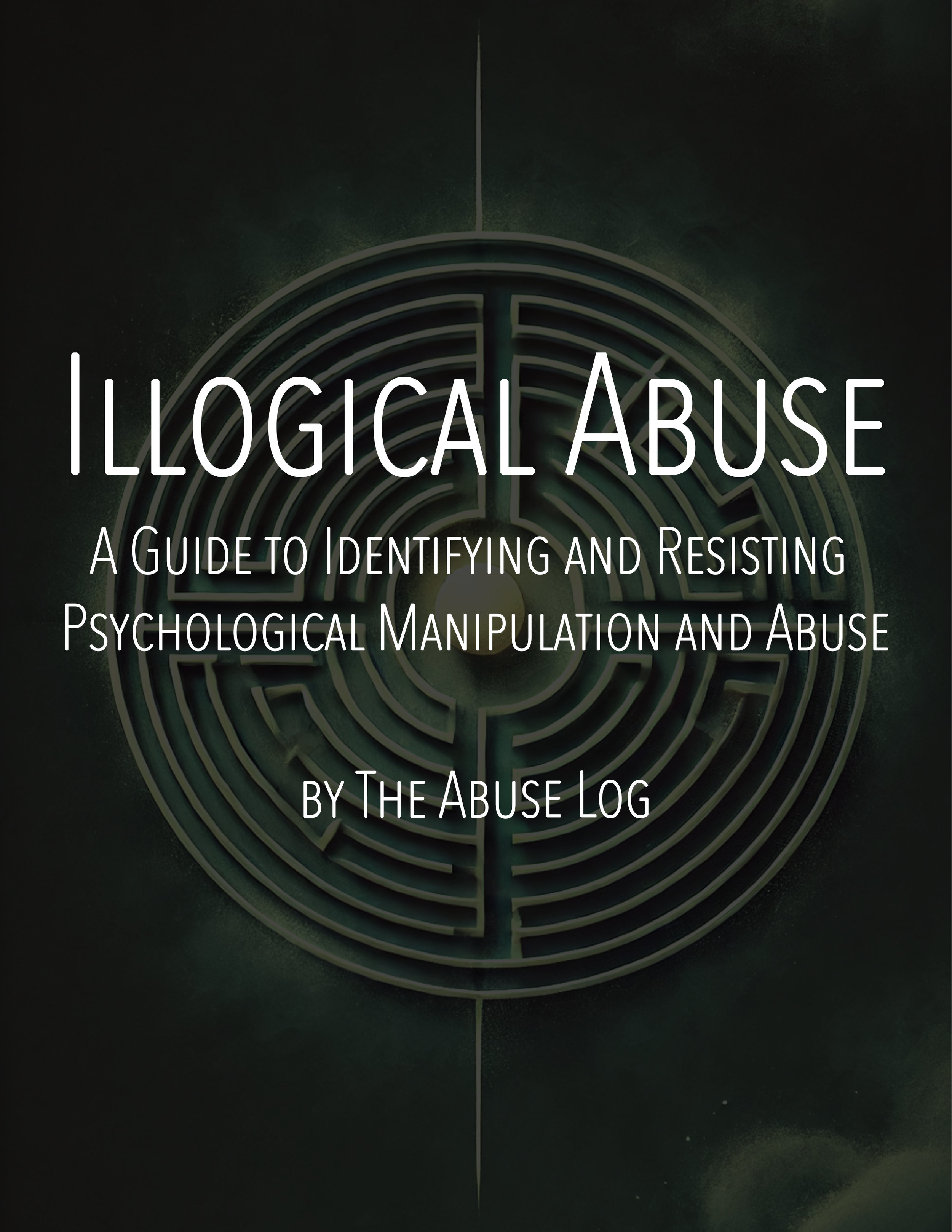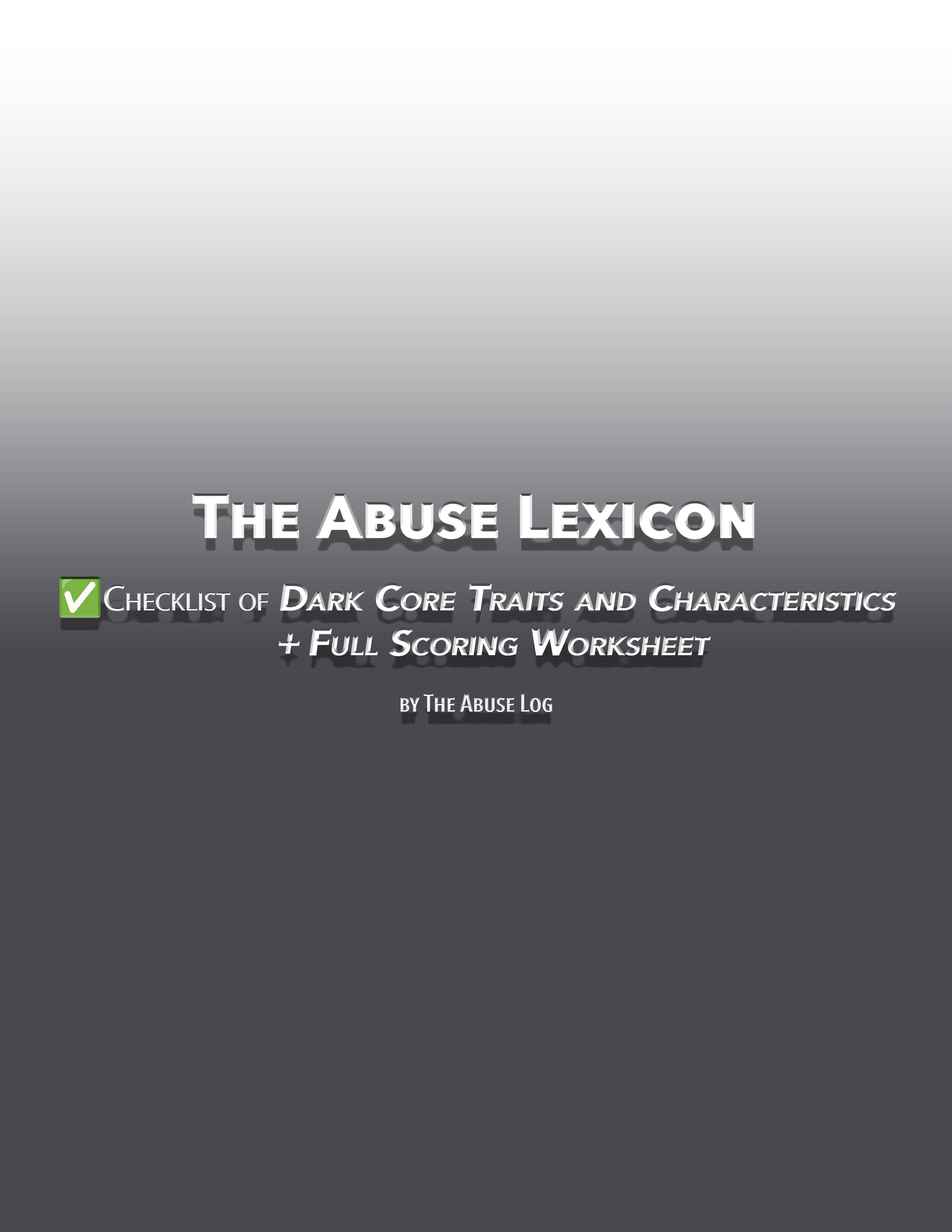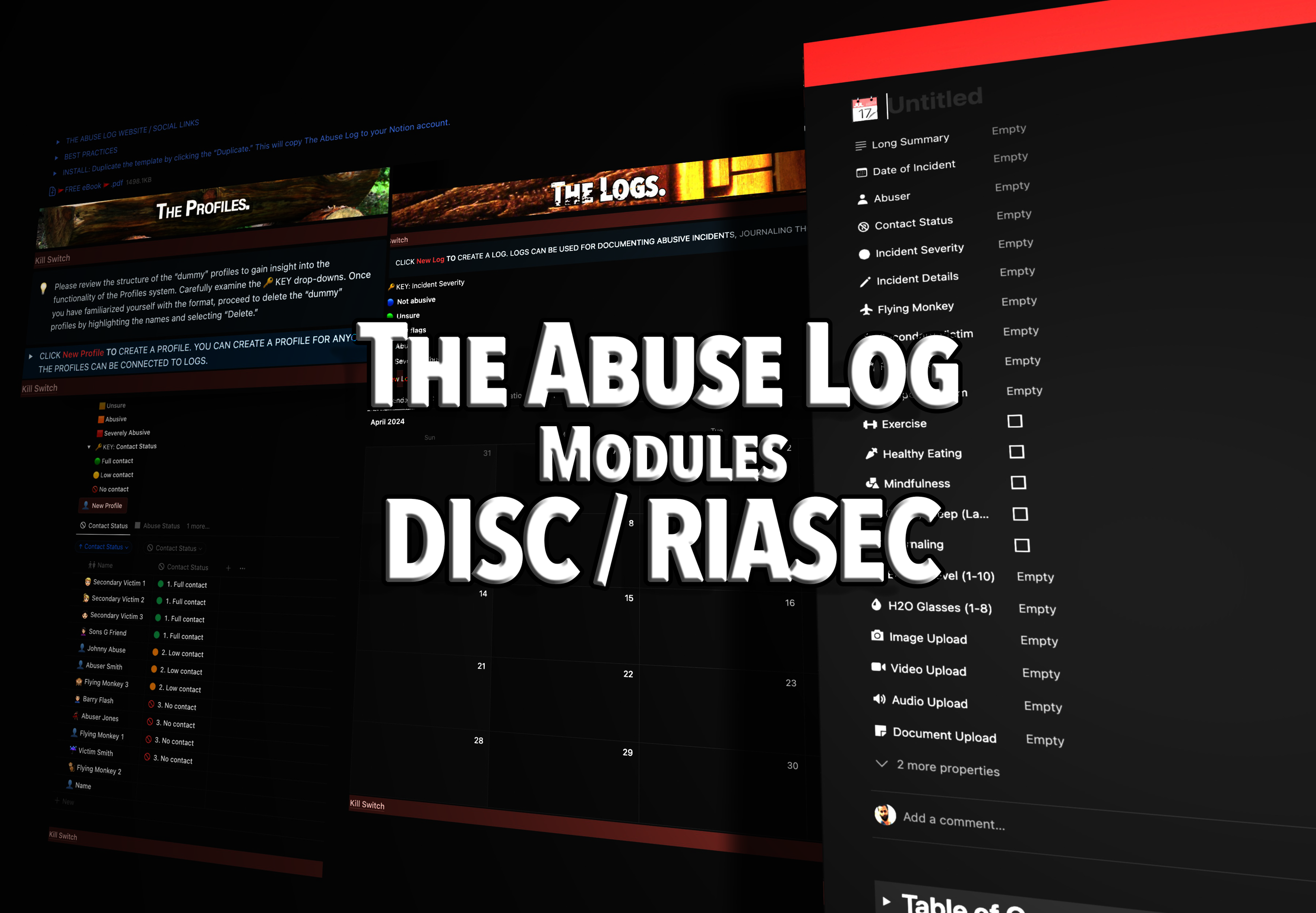Shared Fantasy: The Illusion of Intimacy in Narcissistic Relationships
Introduction
In the intricate web of human relationships, the term "shared fantasy" carries a profound significance, especially when examining dynamics involving narcissistic personality disorder (NPD) or borderline personality disorder (BPD). First introduced by Dr. Otto Kernberg, shared fantasy describes a psychological construct in which a narcissist or emotionally manipulative individual creates an alternate reality—an illusion of love, perfection, and deep connection—enticing their partner into a cycle of idealization, dependency, and eventual disillusionment.
On the surface, the shared fantasy feels euphoric, almost too good to be true. And it is. This carefully constructed world serves as a stage where the narcissist plays the hero, the savior, or the flawless partner, while their counterpart is assigned the role of devoted admirer or unconditional supporter. But beneath the alluring facade lies a fragile foundation, prone to cracks the moment reality begins to seep in. This blog post delves into the psychological mechanisms, emotional consequences, and escape strategies surrounding shared fantasy, providing clarity for those who may find themselves entangled in its web.

I. The Anatomy of Shared Fantasy: Idealization, Role-Play, and Illusion
1. The Idealization Phase: Love-Bombing and Perfection
At the heart of every shared fantasy is an initial period of intense idealization. During this stage, the narcissist creates an intoxicating environment filled with grand gestures, promises of forever, and an overwhelming sense of emotional intimacy.
Love-Bombing: Constant texts, extravagant compliments, and proclamations of eternal devotion.
Fantasy Narratives: The narcissist paints a picture of a future filled with success, romance, and unshakable loyalty.
Mirroring: They adopt their partner’s interests, values, and even mannerisms to create the illusion of a perfect match.
For the target of this fantasy, the experience feels profound, almost spiritual. But this phase isn’t about genuine connection—it’s about control. By creating an emotional high, the narcissist ensures their partner becomes dependent on the fantasy itself, fearing its loss more than anything else.
2. Role Assignments: The Hero and the Admirer
Within the shared fantasy, each participant has a role to play. These roles aren’t fluid but rigidly defined by the narcissist:
The Narcissist: Often portrayed as the hero, the misunderstood genius, or the ideal partner.
The Partner: Cast as the adoring fan, the fixer, or the ever-patient caretaker.
Any deviation from these roles disrupts the fantasy, causing tension and often punishment (silent treatment, rage outbursts, or emotional withdrawal). The partner becomes conditioned to stay within their assigned role, walking on eggshells to avoid "breaking the spell."
3. Dependency and Emotional Control
The fantasy thrives on dependency. The narcissist cultivates a dynamic where their partner feels:
Indispensable: "No one else understands me like you do."
Fearful of Loss: "If you leave, everything will fall apart."
Responsible for the Fantasy’s Survival: "You have to make this work; otherwise, we’ll lose everything we’ve built."
This dependency isn’t just emotional—it’s psychological. The partner begins to question their own reality, feeling trapped within the confines of the narcissist’s carefully constructed illusion.
II. The Collapse of Shared Fantasy: Cracks in the Illusion
1. The Fragility of Fantasy
Shared fantasies are inherently fragile because they are based on illusion rather than reality. Over time:
The narcissist grows bored or frustrated with their partner’s inability to perfectly uphold their assigned role.
Real-life stressors (financial issues, family conflicts, or health problems) begin to challenge the fantasy’s pristine image.
The partner starts to notice inconsistencies, manipulation, and cracks in the narcissist’s facade.
What was once an intoxicating dream begins to feel suffocating and brittle. The narcissist, sensing the fantasy is unraveling, reacts in one of two ways: devaluation or discard.
2. Devaluation and Blame-Shifting
When the fantasy begins to fail, the narcissist often shifts blame onto their partner. Common tactics include:
Gaslighting: "You’re imagining things. You’re too sensitive."
Projection: "You’re the selfish one, not me."
Emotional Withholding: The narcissist withdraws affection, communication, or validation.
This phase leaves the partner confused, hurt, and desperately trying to “fix” themselves in hopes of restoring the initial fantasy.
3. The Discard Phase: Abrupt Endings and Emotional Fallout
When the fantasy fully collapses, the narcissist may abruptly discard their partner, often without closure.
The narcissist may immediately replace their partner with a new source of validation (a new partner, a new obsession).
The discarded partner is left grappling with intense emotional trauma, self-doubt, and confusion.
The cycle leaves behind psychological scars that can take years to fully heal.
III. Escaping the Shared Fantasy: Healing and Rebuilding
1. Recognize the Fantasy for What It Is
The first step in breaking free is understanding that the relationship was built on an illusion, not genuine love or intimacy. This realization is painful but liberating.
Education: Understanding narcissistic behaviors and shared fantasy dynamics.
Journaling: Writing down experiences to validate reality and track patterns.
Support Systems: Seeking validation from trusted friends, family, or professionals.
2. Emotional Detachment and Boundaries
No Contact or Low Contact: Cutting off communication with the narcissist is often essential for healing.
Emotional Distance: Recognize manipulative attempts to pull you back into the fantasy.
Reclaim Your Identity: Rediscover your values, hobbies, and independence outside the relationship.
3. Professional Support and Therapy
Healing from a shared fantasy often requires professional intervention:
Trauma-Focused Therapy: To address the psychological wounds inflicted during the relationship.
Cognitive Behavioral Therapy (CBT): To reframe negative thought patterns.
Support Groups: Sharing experiences with others who have been through similar dynamics.
IV. Why Shared Fantasy Is So Effective: A Psychological Perspective
Shared fantasies exploit fundamental human needs:
Connection: The illusion of being truly seen and understood.
Validation: The narcissist provides intense approval and admiration (temporarily).
Fear of Abandonment: The partner becomes afraid of losing the intoxicating highs of the fantasy.
These needs are universal, which is why shared fantasies can feel so deeply compelling. But they are not sustainable because they lack authenticity, balance, and mutual respect.
Final Thoughts
A shared fantasy is like a house of cards—beautifully constructed yet vulnerable to the slightest disruption. For those caught in its illusion, the journey out can feel disorienting and painful, but it’s also an opportunity for self-discovery, growth, and genuine healing.
Understanding the mechanics of shared fantasy allows survivors to reclaim their narrative, break free from emotional chains, and build relationships grounded in authentic connection, trust, and mutual respect.
Healing is not linear, but with awareness, boundaries, and support, it is absolutely achievable.







![The Abuse Log Notion Template [Basic]](https://images.squarespace-cdn.com/content/v1/65b9553c448d7e5b0ec1dfcd/4c83e581-b720-4cbe-83b1-2d72e7a9ac8a/Logo+Gumroad-Basic.png)
![The Abuse Log Notion Template [Advanced]](https://images.squarespace-cdn.com/content/v1/65b9553c448d7e5b0ec1dfcd/c3bb150a-a911-4f91-a23e-3621b98a2d55/Logo+GumroadAdvanced.png)
![The Abuse Log Notion Template [Professional]](https://images.squarespace-cdn.com/content/v1/65b9553c448d7e5b0ec1dfcd/7fa18cea-edf4-4325-8234-13f3527579c2/Logo+GumroadProfessional.png)
















































